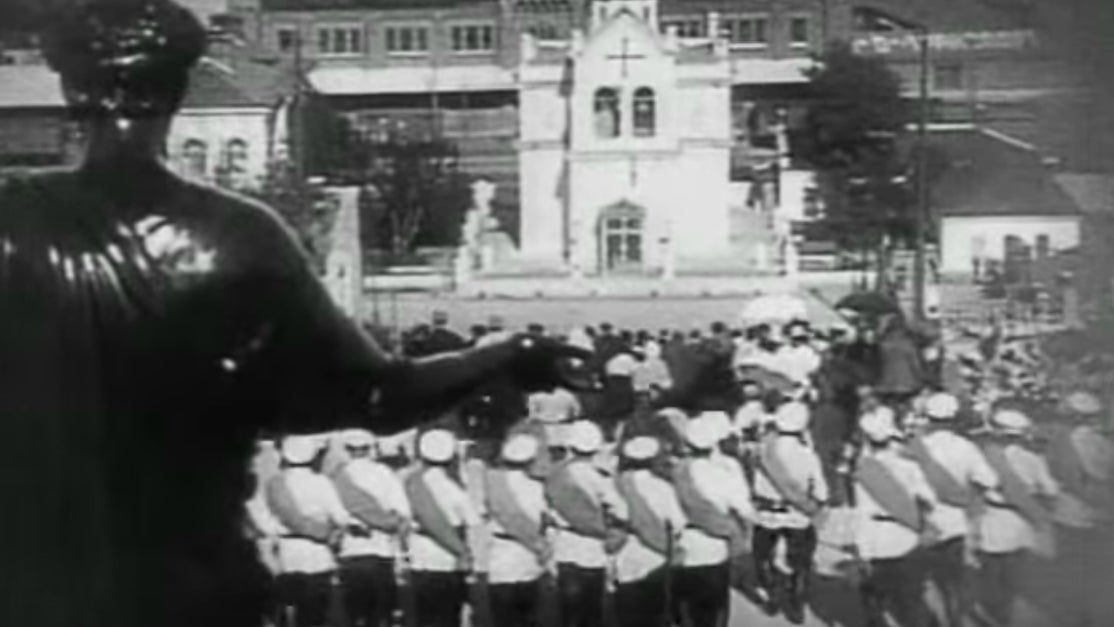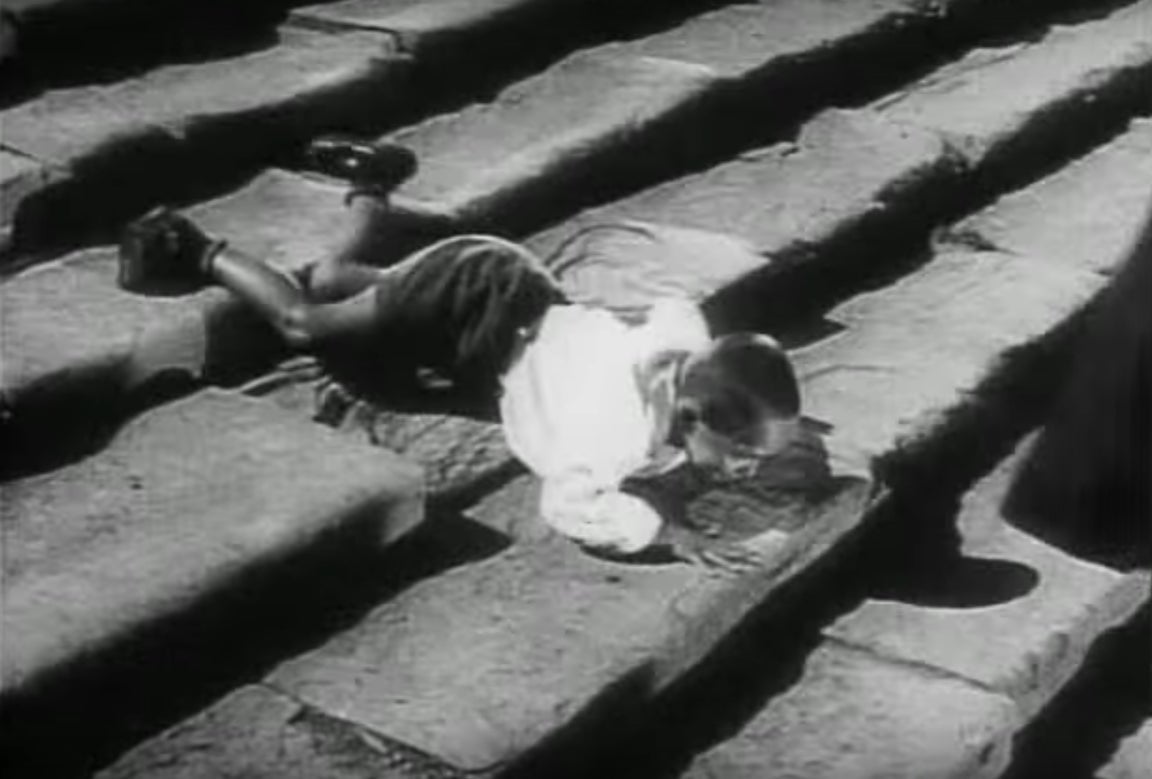The 1925 silent film sequence that’s influenced every movie since
You’ve seen the Odessa Steps even if you’ve never actually seen the Odessa Steps.


You’ve seen the Odessa Steps even if you’ve never actually seen the Odessa Steps.
The horrifying, groundbreaking film sequence is among the most famous scenes crafted by Soviet filmmaking pioneer Sergei Eisenstein, who was honored with his own Google Doodle today (Jan. 22) on what would have been his 120th birthday. The fourth act in Eisenstein’s five-act 1925 silent masterpiece Battleship Potemkin, the Odessa Steps has inspired countless movie scenes in the decades since and stands as a stunning example of the director’s ingenuity.
Born in 1898, Eisenstein worked initially in theater before making his first feature film, Strike, in 1925. Battleship Potemkin, a dramatization of the mutiny on the titular Imperial Russian Navy ship, came shortly after. In both, Eisenstein demonstrated some of the first instances of montage, or when multiple shots are edited together to compress information or expound a theme. Eisenstein believed that two separate shots, when juxtaposed, create a new and more powerful meaning than when those shots are considered separately—a theory that seems kind of obvious today yet was radical in 1925.
The Odessa Steps sequence that comes toward the end of Battleship Potemkin remains one of the most cited, and reproduced, examples of montage filmmaking. In the film, citizens of Odessa (then part of the Russian Empire, now a city in Ukraine) rally on the Potemkin Stairs to greet and show their support for the mutineers aboard the battleship. Soon, a group of soldiers materializes at the top of the stairs and begins gunning down innocent men, women, and children, moving methodically down the stairs as they massacre the crowd in retreat.
Many of Eisentein’s choices were revolutionary. He constantly changes the tempo of his shots, cutting from longer, drawn-out sequences to quick jump cuts to keep viewers off balance. He also varies the direction of movement of both the camera and the crowd.
In addition to the obvious conflict between different shots, Eisenstein also imbues conflict within each individual frame, like the young boy’s body strewn across the stairs, perpendicular to the shadows of the steps.

Eisenstein elects not to show an establishing shot of the entire set of stairs specifically so viewers won’t have a spatial anchor with which to visualize what’s happening where, mimicking the disorientation and chaos of the action on screen. (While there were skirmishes between civilians and soldiers during the Russian Revolution of 1905, there was no massacre on the Odessa Steps as Eisenstein portrayed.)
The sequence ends in one of the first and most clever montages in cinematic history: The battleship responds to the massacre by firing on the city, and Eisenstein cuts to three lion statues in quick succession as if one lion was alive and standing up in reaction to the fire (11:44 in the video above).

Every montage that’s come after the Odessa Steps owes a debt to Eisenstein. Dozens of scenes in well-known films have either been inspired by, or directly tried to reproduce Eisenstein’s sequence, from Beauty and the Beast to Inglourious Basterds to The Untouchables, the last of which depicted a baby carriage falling down the stairs during the infamous shootout at Union Station in Chicago—a clear homage to the carriage in Battleship Potemkin.